简体中文
繁體中文
English
Pусский
日本語
ภาษาไทย
Tiếng Việt
Bahasa Indonesia
Español
हिन्दी
Filippiiniläinen
Français
Deutsch
Português
Türkçe
한국어
العربية
Forex Traders Shift Focus: Risk Management Over High Leverage in 2025
Abstract:Traders are stepping back from ultra-high leverage in 2025, turning toward measured positions and capital preservation.
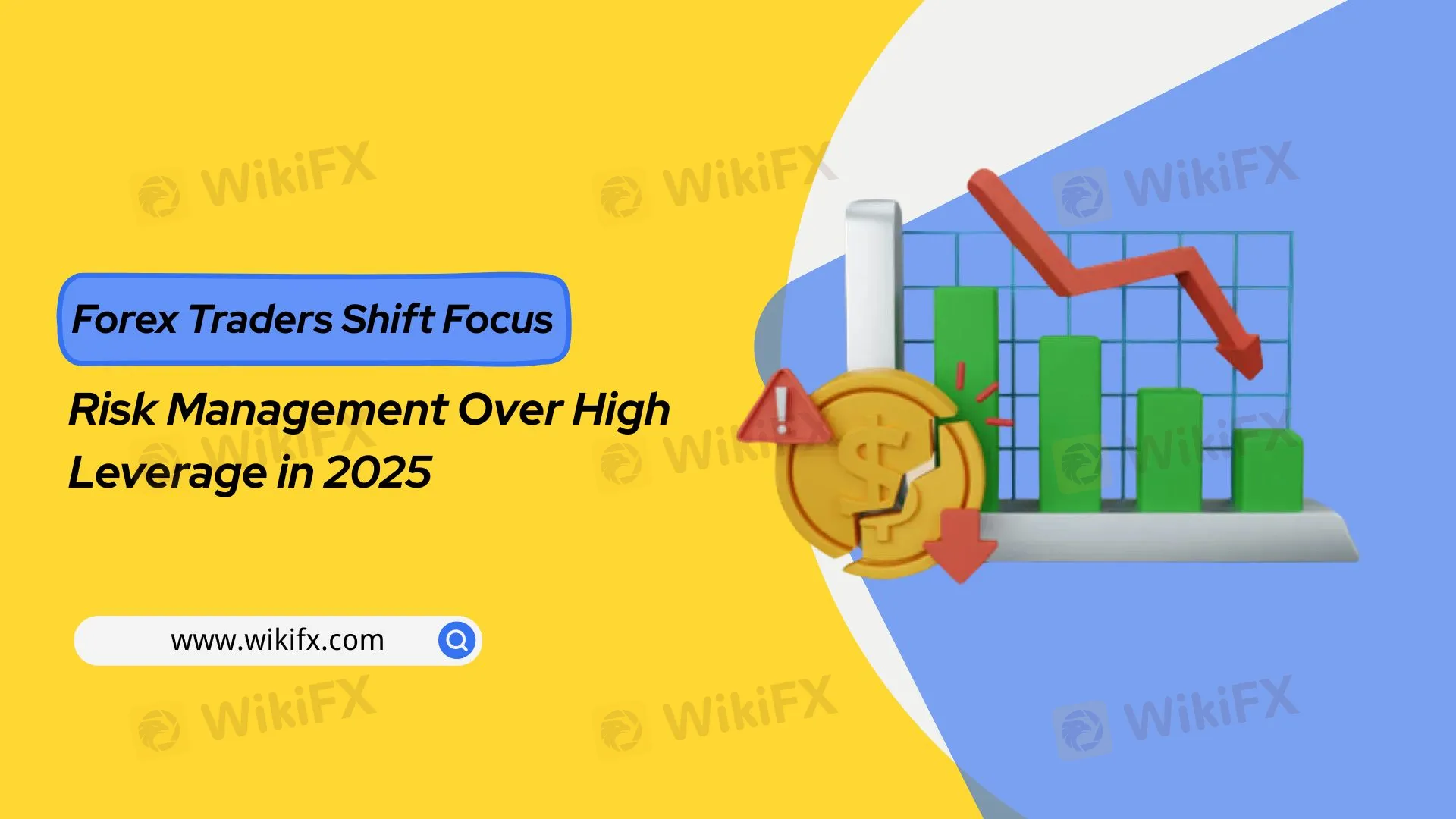
For much of the past decade, high leverage has been the hallmark of retail forex trading. Ratios as high as 1:500 were widely used, promoted by brokers as a tool to amplify profits on small capital. However, 2025 is revealing a clear change in sentiment: survival and sustainability are overtaking the pursuit of rapid gains.
Shifting Tides in Retail Trading
Following a period of central bank tightening and heightened geopolitical instability, volatility in currency markets has increased noticeably. Sharp moves in major pairs have exposed the vulnerability of overleveraged positions. In response, traders are increasingly reducing their exposure, cutting down lot sizes and relying more on risk management tools than on leverage.
Platforms like X, Discord, and Telegram have seen a surge in educational content from seasoned traders advocating for tighter stop-losses and lower-risk positions. Unlike previous years, this new wave of traders is not afraid to take it slow — they value staying in the game over chasing outsized returns.
Brokers Recalibrate to the New Reality
Regulators have played their part. Inspired by the European Securities and Markets Authority (ESMA), more regions are adopting stricter leverage caps—often limiting retail accounts to 1:30 or lower. While offshore brokers continue offering high leverage, those deals now come with reputational and legal risks.
In parallel, brokers are shifting how they onboard and educate clients. Many now default to conservative leverage settings, and some have integrated pre-trade risk summaries—clearly showing margin usage and liquidation levels before a trade is confirmed.
Survival Over Speed
The trend is not about fear—its about discipline. In an environment marked by surprise rate moves and unpredictable news cycles, traders who respect capital preservation stand a better chance at longevity.
Newer traders are also increasingly adopting tools like risk calculators and volatility trackers. Daily risk caps of 1–2% per trade are becoming standard. Lot sizes are scaled based on market events. These changes reflect a shift from speculative behavior toward structured, rule-based strategies.
Conclusion
2025's forex landscape is reshaping around a core principle: measured risk-taking. While leverage remains a powerful tool, its indiscriminate use is increasingly seen as a liability, not an advantage. The traders most likely to succeed this year are not those chasing big wins—but those who manage small losses and compound consistency.
Disclaimer:
The views in this article only represent the author's personal views, and do not constitute investment advice on this platform. This platform does not guarantee the accuracy, completeness and timeliness of the information in the article, and will not be liable for any loss caused by the use of or reliance on the information in the article.
Read more
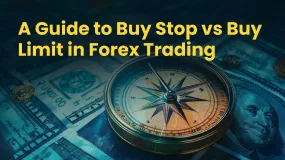
A Guide to Buy Stop vs Buy Limit in Forex Trading
Want to make a mark in forex trading by seizing hidden growth opportunities or preventing capital loss? Learn the art of locating orders. With an in-depth understanding of order functionality involving the impact on trades, traders can successfully navigate the forex market. As far as buying is concerned, traders need to acquaint themselves with a buy limit and a buy stop. These two orders play a critical role in helping traders enter and exit the market efficiently.
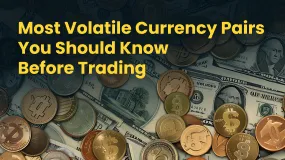
Most Volatile Currency Pairs You Should Know Before Trading
Do you think that trading in the most volatile currency pairs is a loss-making proposition? Maybe you are missing out on the profit waiting for you! Yes, you still need to be tactical and strategic when opening and closing positions. However, the increased possibility of dramatic price movements in currency pairs opens up avenues for higher profits while also exposing you to market risks. In this article, we will discuss the most volatile forex pairs worldwide. Read on!
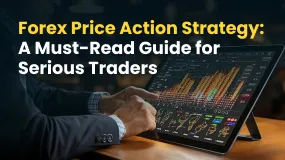
Forex Price Action Strategy: A Must-Read Guide for Serious Traders
Seeking a successful run in forex trading? You need to master the forex price action strategy. Many of your fellow traders are using it to continue earning profits in a volatile market environment. Price action in trading analyzes the performance of a currency pair and provides hints about its potential future direction. If you find that the currency pair price is likely to surge in your price action analysis, taking a long position is advised. If it suggests a price fall, consider taking a short position.
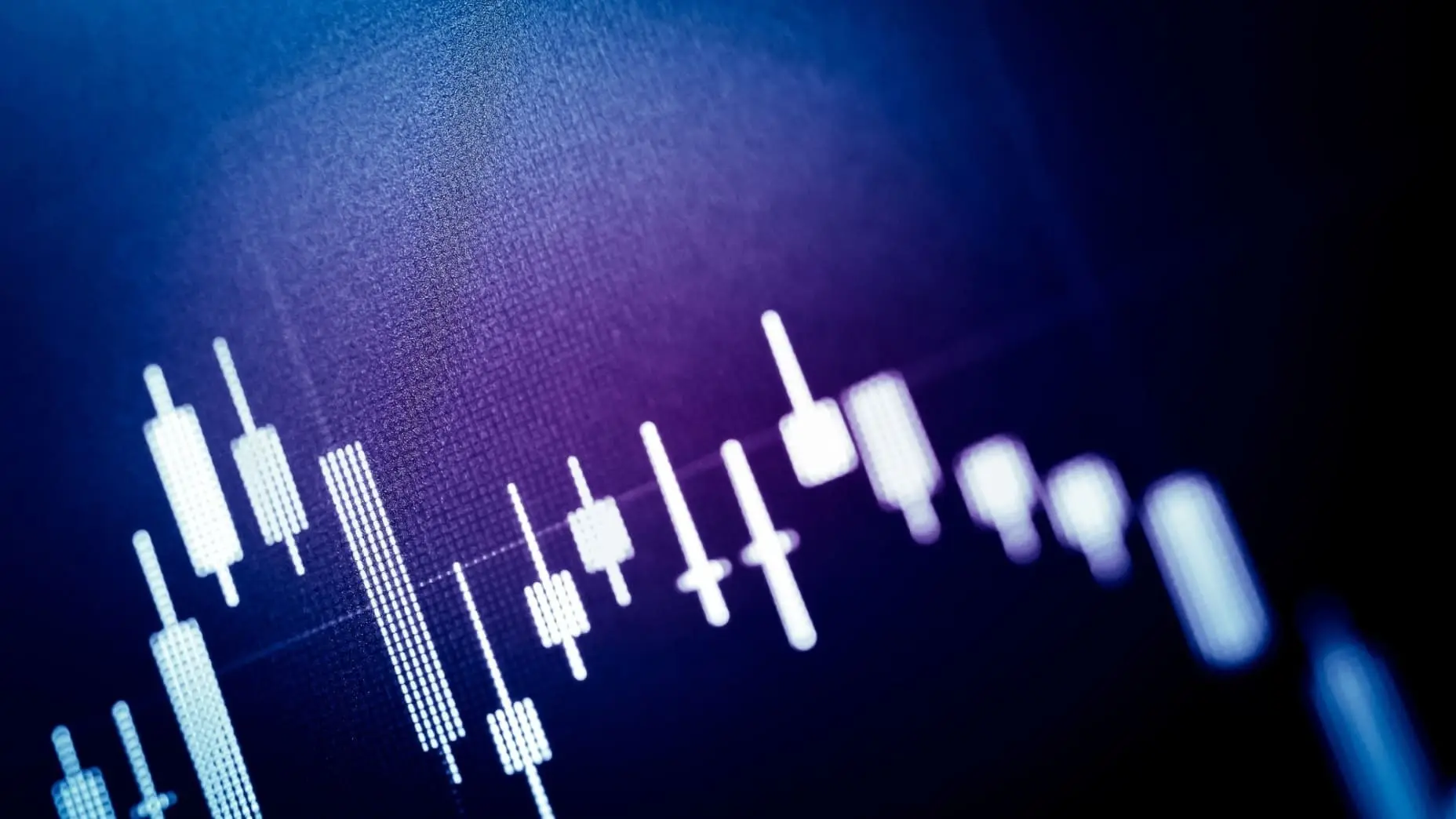
D. Boral Capital agrees to a fine as a settlement with FINRA
On August 6, 2025, the Financial Industry Regulatory Authority (FINRA) announced that D. Boral Capital agreed to a censure and a $125,000 fine as part of a settlement for failing to maintain the minimum required net capital.
WikiFX Broker
Latest News
Forex Swaps Explained in 5 Minutes – Everything You Need to Know
Binance Users Convert Crypto and Withdraw Instantly to Mastercard
FXPRIMUS Exposed: Withdrawal Denials, Account Blocks & Other Alarming Issues
Best MetaTrader Forex Brokers in the Philippines 2025
Best MT4 Brokers in the USA in 2025
What WikiFX Found When It Looked Into TradeFW
IG Prime Expands Real-Time Aussie Equities Data Access via CBOE FIX API
One Click on Facebook Cost a 77-Year-Old Over RM100,000
Should You Trust DeltaStock? Key Warning Signs to Consider
Interactive Brokers Launches TipRanks Analytics, Forecast Contracts in Europe
Currency Calculator


